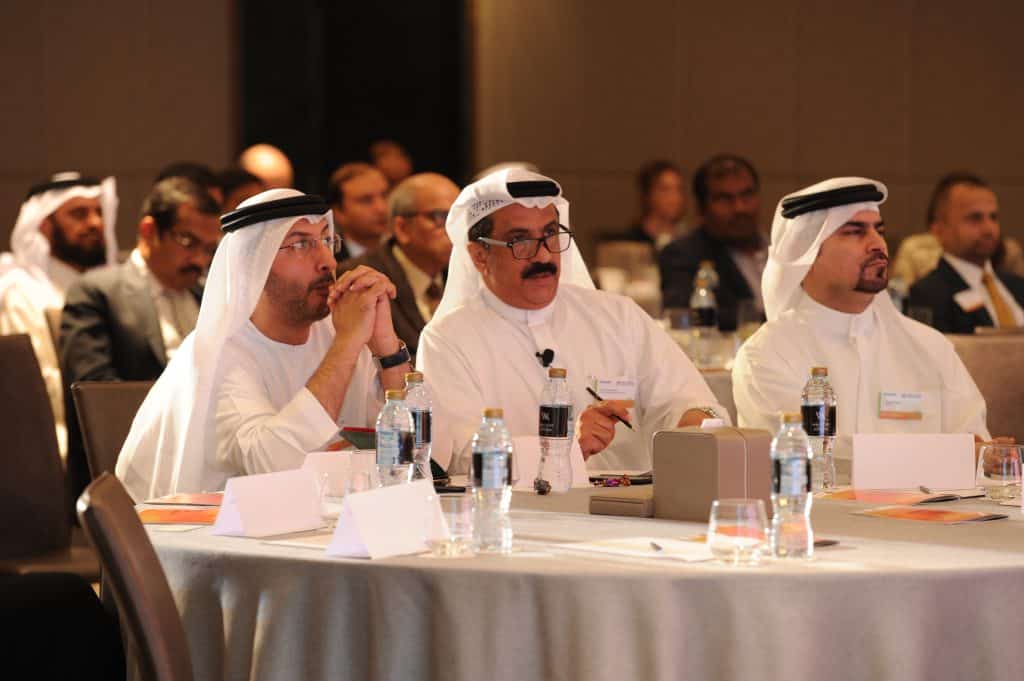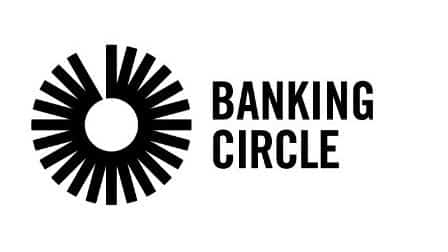Alliance between EWPN and Wnet sees increased benefits on both sides of the Atlantic for women in fintech and payments

Amsterdam and Atlanta – 07 November 2019 – The European Women Payments Network (EWPN) and the U.S.-based Women’s Network in Electronic Transactions (Wnet) share a mission to create better opportunities for women and the men that advocate for them in the fintech and payments industries. As a result of their like-minded goals to improve inclusion and diversity, the two organisations today announced they are coming together to allow their respective members to share the benefits of both networks. Members of both organisations can learn more by visiting EWPN and Wnet.
Through the new alliance, EWPN and Wnet will publish dedicated landing pages where members can access each organisations’ extensive intelligence, networking opportunities events, and programming. EWPN, launched in 2015 to champion diversity and inclusion in fintech and payments, serves over 1,000 individual members and 11 corporate members. Wnet, launched in 2005, serves over 3,000 women each year in the U.S., through events, information and knowledge sharing, and networking opportunities.
“This exciting alliance will see EWPN and Wnet working together, leveraging both networks for the benefit of all our combined members”, explained Martha Mghendi-Fisher, Founder of EWPN. “Both networks are dedicated to improving prospects for all women in the payments industry, increasing inclusivity and diversity. Sharing our insights, knowledge and membership will make us both stronger and allow us to bring about change as quickly as possible”.
Members will also have access to each organisation’s workshops and networking events in various U.S. and European countries throughout the year, as well as mentorship programmes. In addition, individual members of EWPN and Wnet may become members of the other organisation at a discounted rate, even if their employer is not a corporate member or sponsor.
Wnet Executive Director Lisl Dutterer announced the collaboration news on stage at the 2019 Wnet Leadership Summit “Leading in a Changing World“, the premier payments industry event designed by and for women leaders and the men who advocate for them.
“By working together, Wnet and EWPN are creating global change and the opportunity for more women to lead in the payments industry”, said Dutterer. “Wnet has been extending our member benefits to women around the globe, and we are excited for the opportunity to work with EWPN’s leadership to accomplish that goal. Sharing our insights, knowledge, and experience will make our organisations stronger and is another effort to bring about positive change across the global payments ecosystem”.
For further information, please contact:
Wendy Harrison – Harrison Sadler, for EWPN
T: +0208 977 9132
Jessie Hennion, Wnet Public Relations
T: +1 781-876-6280
Notes to Editors
About EWPN
The European Women Payments Network (EWPN) is focused on championing the skills and expertise of women in the burgeoning FinTech and payments sectors. In particular, through mentorship, leadership programmes, networking events and workshops, EWPN is providing the opportunity for women to learn, network, share and celebrate their achievements.
Each year EWPN holds the only Pan-European Conference specifically focused on women working in FinTech & Payments. The conference brings together women from all over Europe for a full-day event, featuring interactive panels, deep-dive workshops, and plenary sessions with industry female leaders.
About the Women’s Network in Electronic Transactions (Wnet)
The Women’s Network in Electronic Transactions (Wnet) is the premier professional organization for women in payments and the men that advocate for them, providing personal enrichment no matter what stage members are in their careers. The organization provides world-class national and regional programming, fosters networking and promotes mentoring to help members achieve greater personal success, influence and professional parity. Founded in 2005, Wnet is a 501 (c) (3) not-for-profit organization serving thousands of women in payments annually. For more information about national and regional events and programming, or to become a member, please visit www.wnetonline.org.
Note from editor: see also this article about Promoting Women











